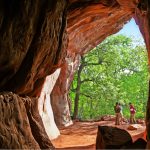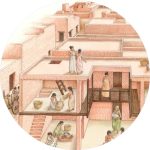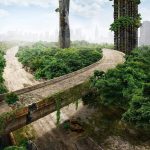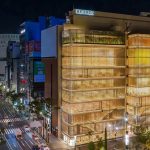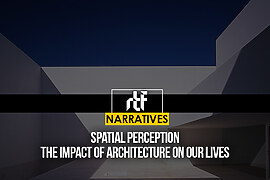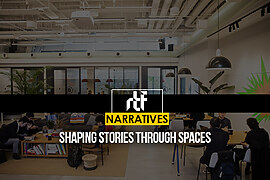The current reality was not chosen, it is by someone else’s design. For most people, every road traversed, every building entered, thoughtfully designed, and constructed is a manifestation of someone else’s idea of perfection. The perfect structure. The perfect home. The perfect shelter.
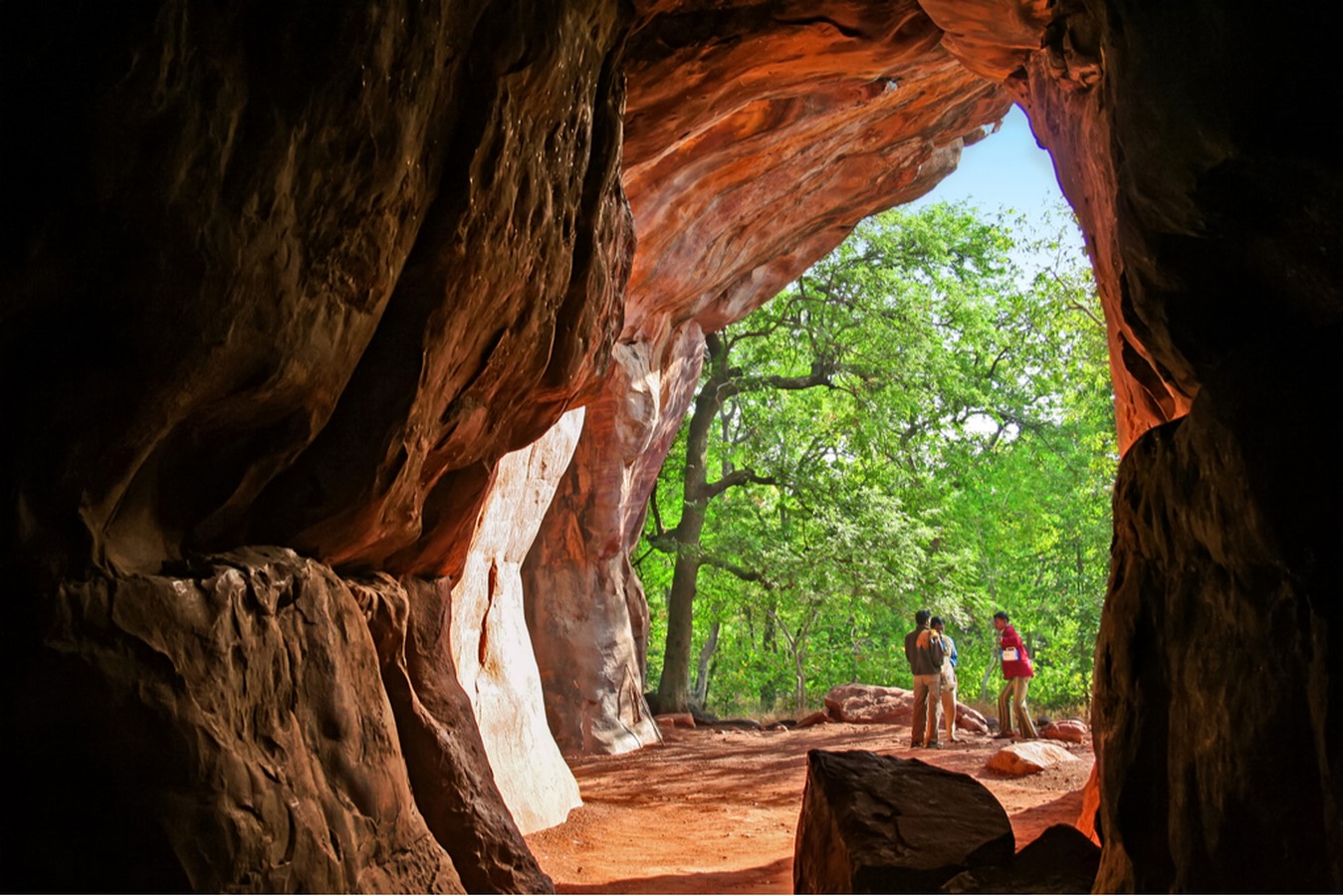
No matter the narrative – be it the apocalypse, a natural disaster, or the creation of a new world – humans will always seek shelter. Architecture, in this sense, is understitched into the depth of the human genetic code. It encompasses the human need for safety while interlocking socio-cultural language, religion, and artistic expression. Humans will pour over an earthen canvas and from it emerges structural systems thoughtfully designed to meet every challenge and need that arises. This concept in its entirety is the construct of the built environment. It is an age-old practice that with time, technology, and global interconnection, has become the formalized process that heeds the grand architecture admired today. But, what if it were all to disappear? What if – in a world without modern architecture – the built environment was not a formal planning process, but a world that took shape based on informal, organic human use?
Architecture in this Reality.
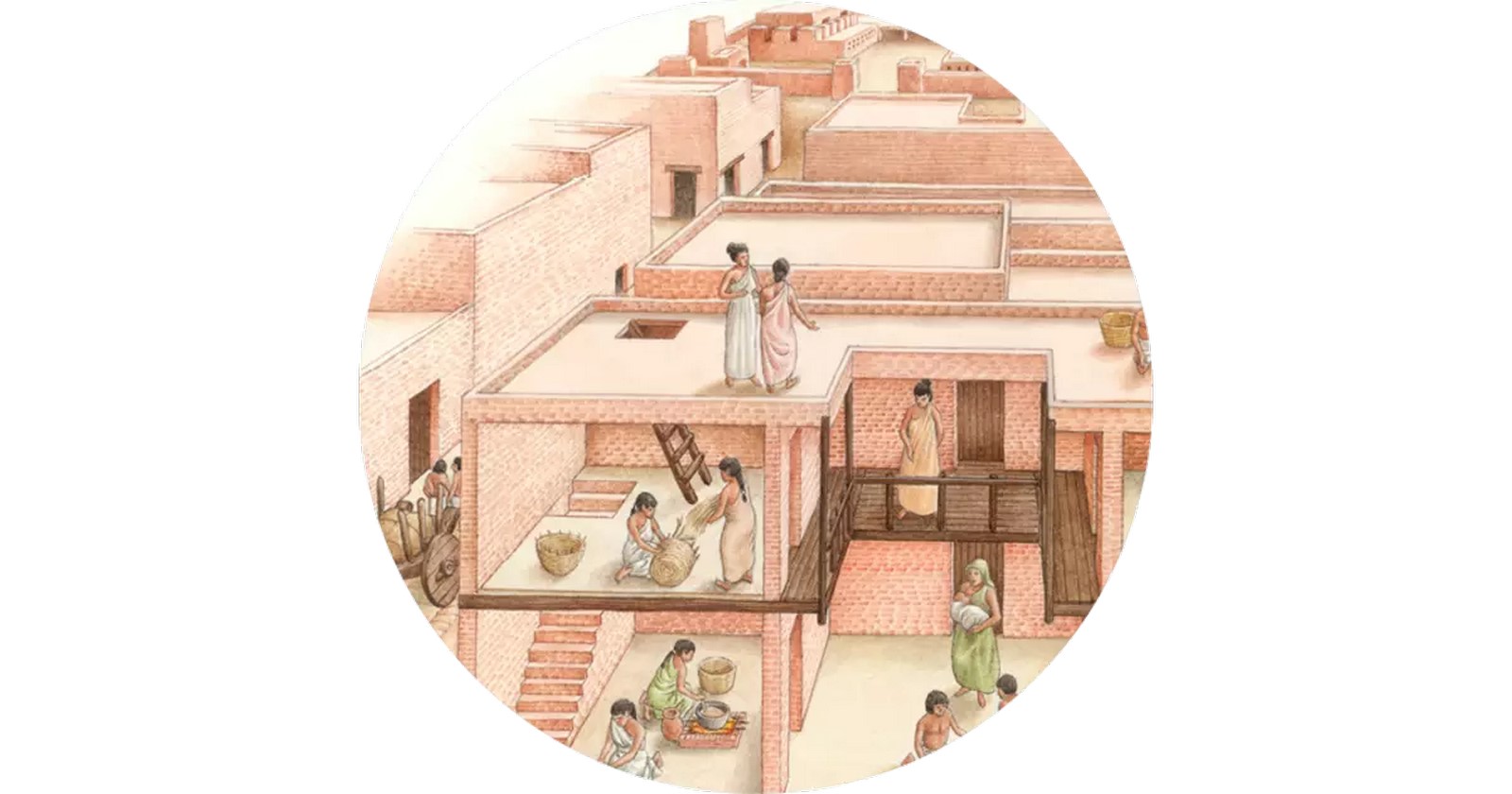
Merriam-Webster defines Architecture as “formation or construction resulting from or as if from a conscious act (Merriam-webster.com, 2022).” This definition is quite lofty and philosophical, but there’s beauty in that because architecture is everywhere and in everything.
Historically, architects were the complete embodiment of the design process. They were the artists, furniture designers, interior designers, landscape designers, project coordinators, and more. They were interdisciplinary creators that operated with the understanding that the conscious manipulation of the environment around them – whether for comfort, function, or aesthetics – was architecture. Regardless of formalized design experience, this process of creating comfort, safety, and expression in space is innately human. From cave paintings to Imhotep to the present day, the act of composing environments is constant and ever-present.
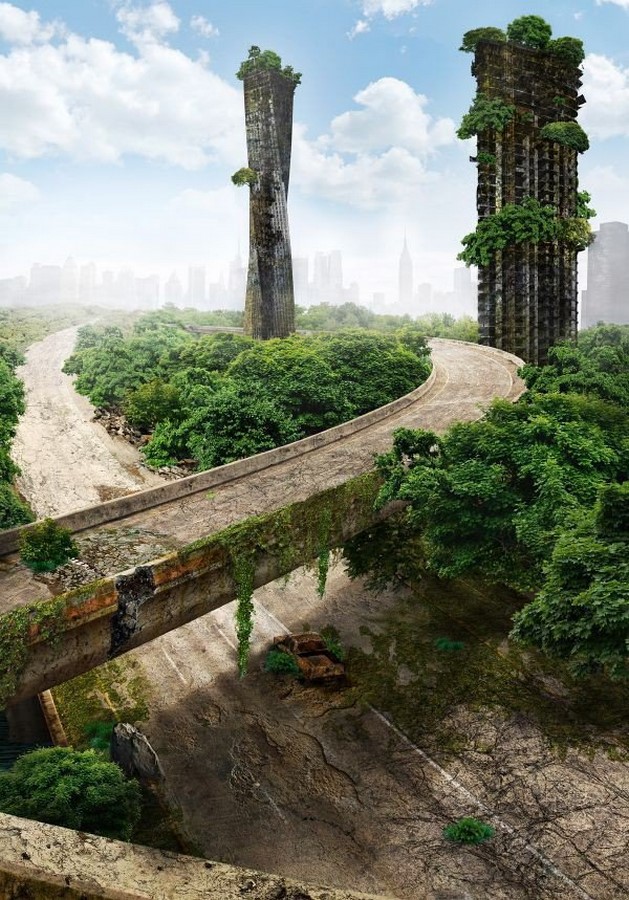
If the current reality were to shift and parallel to a universe where the formal architectural process no longer existed, the root need for shelter would still bloom to the surface. However, there would be no CAD, no systems to bridge designs from concept to render in a matter of hours. There would only be heads full of ideas, able hands, and will. From this, a system of environments bound to the organic and sometimes unexpected nature of human behavior would take shape.
Futurism in the Parallel: A World Shaped by Human Use.
Imagine a beautifully carved walking path winding through green space on a collegiate campus. Directly adjacent to that walkway is a brown strip of earth flattened by footsteps that naturally chose the shortest path to their destination. This is how a world without architecture would be built.
Image4_Gravel road in Indonesia._©Ginevra Austine
With the well-designed walking path and all subsequent forms of modern architecture removed, that simple brown path cutting through a lush green would be the first branch of an imperfectly perfect network of infrastructure centered on actual human use.
The theoretical design process would have no place in this architectural landscape, and the architectural cadence would sway from human use to observation to construction. Implementation would not precede evidence that an environment would be utilized as intended. In other words, the path would be well-worn before alterations were made. Moreover, those alterations would be subtle refinements that occurred over time through input and action from the people using the product. Rocky terrain would be swept off the path, and pooling rainwater redirected by locals who have a stake in the health of their infrastructure.
Image5_Kintsugi Cup._©Motoki Tonn
Eventually, neighbourhoods would begin to cluster alongside the path. It may not be the most aesthetic or precise formation, but, like the art of kintsugi, it would boast a unique elegance. These neighborhoods would be chosen, not assigned, and the structures within them would be as vernacular, adaptable, and ever-evolving as the people that built them.
The Earth Decides.
If the formal process of architecture does not exist in this parallel world then likely the complex systems and materials associated with the industry wouldn’t either. Construction materials would be pulled directly from the surrounding landscape. In this way, the Earth would decide what materials are used and where.
Image6_The stunning and imaginative exterior of the Lycee Schorge Secondary School by Kéré Architecture in Koudougou, Burkina Faso._©Iwan Baan
This does not mean that structures would be less imaginative, just simpler in terms of their impact. Pallets of engineered lumber wouldn’t be shipped across continents. Instead, stacked stones, dried bark, and natural cement would form a building’s envelope. The embodied carbon associated with materiality in architecture would be greatly decreased. The system of construction would speak a dialect that resembled the landscape around it. It would be more vernacular, reflexive, and flexible without misplaced omnipotence.
Image7_The wooden eucalyptus facade shades the locally-harvest laterite stone envelope while creating a secondary gathering space. The furniture elements are a blend of locally harvested hardwood and leftover roofing steel (Kéré Architects, 2014)._©Iwan Baan
People wouldn’t build with the permanence of today, they’d build modularly with a focus on function. Maybe a kitchen wouldn’t be a standing room, but a few key pieces of furniture that could move at will and be adapted for future human use. Air conditioning would rely on passive systems such as underground aquifers and wind catchers like those of ancient Egypt (Abdolhamidi, 2021). Human action would reveal a need then construction responds. Architecture wouldn’t seek to be preemptive and predictive, but responsive.
Image8_A wind turret towers in the background of an organic and casual outdoor seating area._©Shervin Abdolhamidi
In many ways, these ideals are present today. However, the ease of access in the current growing global economy doesn’t demand the use of local materials like the parallel universe would. Vernacular design in a universe without formalized architecture would be a necessity, not an option.
A Challenge to the Architects of this Reality
Shifting with the pace of the global economy, modern forms of architecture have become more akin to fast fashion than the slow and analog processes of days old. Technology has streamlined design processes, making final forms much simpler to achieve. As Senior Green Building Coordinator Eden Brukman recounts in an interview with Charlie Cichetti on the Green Building Matters Podcast, “it wasn’t uncommon for designs to be done on a Saturday morning and then used in a [Monday build]… It made me a little nervous for the kind of input we were about to make without the time to think it through (Brukman, 2019).”
Image9_People moving quickly on a busy stairway._©José Martín Ramírez Carrasco
This is the state of modern architecture; fast-paced and rapidly evolving, often without true evidence of human use.
For the architects of this reality looking for innovative solutions that predict human use, there is value in not attempting to solve every problem before it arises. Leave room for modular growth and spaces that allow novel human experiences to transform it. Take a page from the book of the Teatum + Teatum architects of High Street House by Noiascape and leave space in the stair railing for neighbors to leave a book for one another. Break the groupthink and reimagine what is using the surrounding landscape as a muse.
Image10_Fahad Malik selects a book from the “One Book Library” in High Street House. _©Themodernhouse.com, 2022
Of course, the formalized architectural process and the innovations it has afforded the modern world are not to be discounted. Yet, there is something to be said about a deconstructed design process that allows human use to walk ahead while the architectural process follows and the Earth dictates the direction.
Reference list
Abdolhamidi, S. (2021). An ancient engineering feat that harnessed the wind. [online] Bbc.com. Available at: https://www.bbc.com/travel/article/20180926-an-ancient-engineering-feat-that-harnessed-the-wind [Accessed 10 Oct. 2022].
Cichetti, C. and Brukman, E. (2019). From Living Buildings to SF Environment with Eden Brukman. [online] Apple Podcasts. Available at: https://podcasts.apple.com/gb/podcast/from-living-buildings-to-sf-environment-with-eden-brukman/id1346854349?i=1000445775022 [Accessed 10 Oct. 2022].
Kéré Architects (2014). Kéré | Work. [online] Kerearchitecture.com. Available at: https://www.kerearchitecture.com/work/building/lycee-schorge [Accessed 10 Oct. 2022].
Merriam-webster.com. (2022). Merriam-Webster Dictionary. [online] Available at: https://www.merriam-webster.com/dictionary/architecture [Accessed 10 Oct. 2022].
The Modern House (2022a). Fahad Malik’s home is a radical mixed-use building in Shepherd’s Bush, west London, that rips up the rulebook | Journal | The Modern House. [online] Themodernhouse.com. Available at: https://www.themodernhouse.com/journal/seven-wonders-fahad-malik/ [Accessed 10 Oct. 2022].
The Modern House (2022b). How architect Fahad Malik is living in London differently. YouTube. Available at: https://www.youtube.com/watch?v=hucJ4ZnsOyE [Accessed 10 Oct. 2022].








